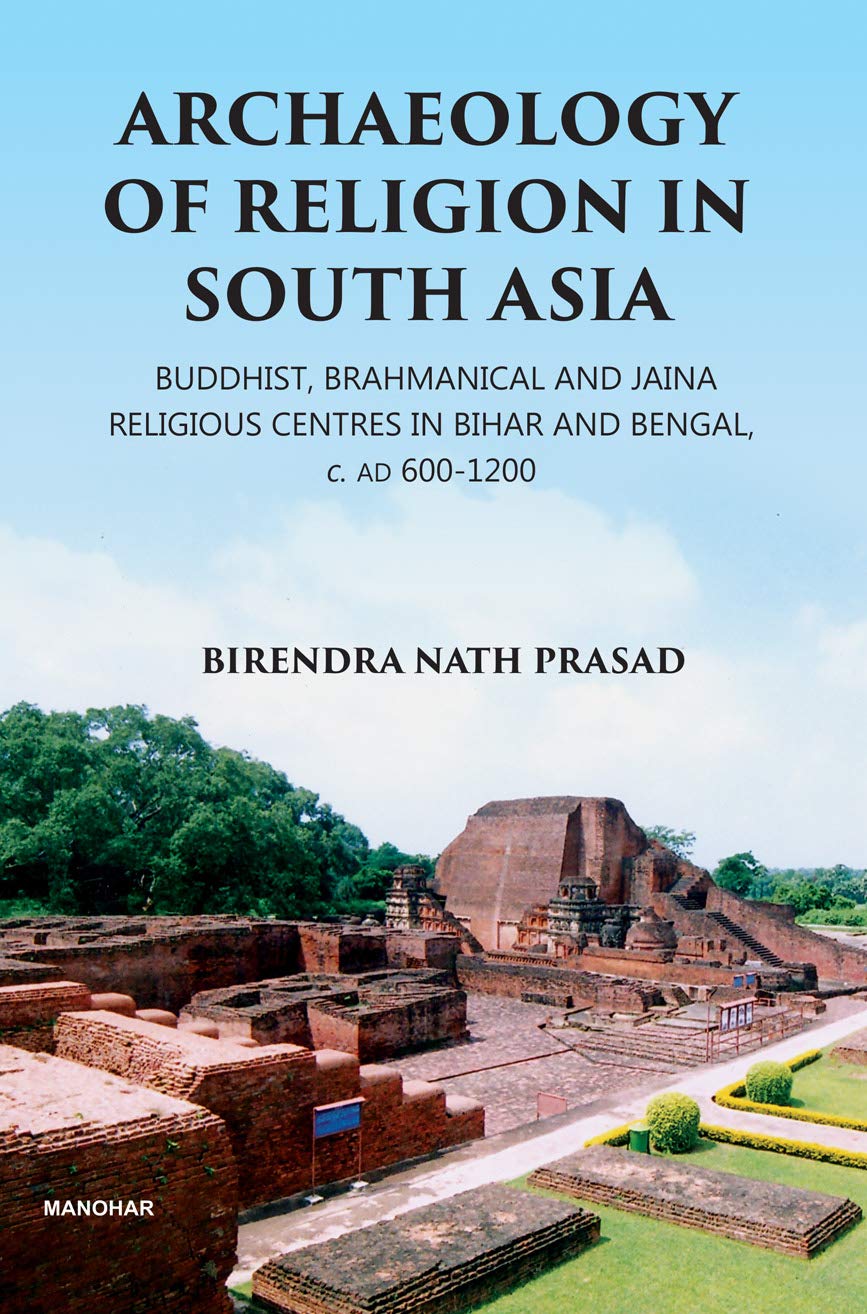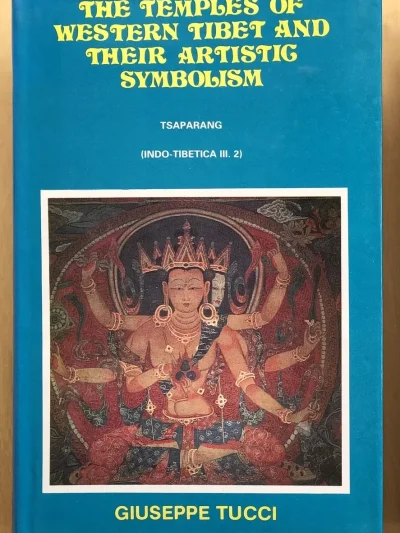Description
In the religious landscape of early medieval (c. AD 600-1200) Bihar andBengal, poly religiosity was generally the norm than an exception,which entailed the evolution of complex patterns of inter-religiousequations. Buddhism, Brahmanism and Jainism not only coexisted butalso competed for social patronage, forcing them to enter into complexinteractions with social institutions and processes. Through an analysisof the published archaeological data, this work explores some aspectsof the social history of Buddhist, Brahmanical and Jaina temples andshrines, and Buddhist stopas and monasteries in early medieval Biharand Bengal. This archaeological history of religions questions many’established’ textual reconstructions, and enriches our understanding ofthe complex issue of the decline of Buddhism in this area.About the AuthorBirendra Nath Prasad is Assistant Professor at the Centre for HistoricalStudies, Jawaharlal Nehru University, New Delhi, where he teachessocial history of religion in India and Southeast Asia. His recentpublications include Monasteries, Shrines and Buddhist andBrahmanical Religious Institutions in India in their Socio-EconomicContext (edited, Delhi, 2011); Rethinking Bihar and History,Culture and Religion (Delhi, 2021); Social History of Indian New Researches (edited, Delhi, 2021, forthcoming), and many peer-reviewed research articles in prestigious international journals such asJournal of the Oxford Centre for Buddhist Studies (Oxford), BuddhistStudies Review (London), Religions of South Asia (London/Sheffield)and Berlin Indological Studies.






